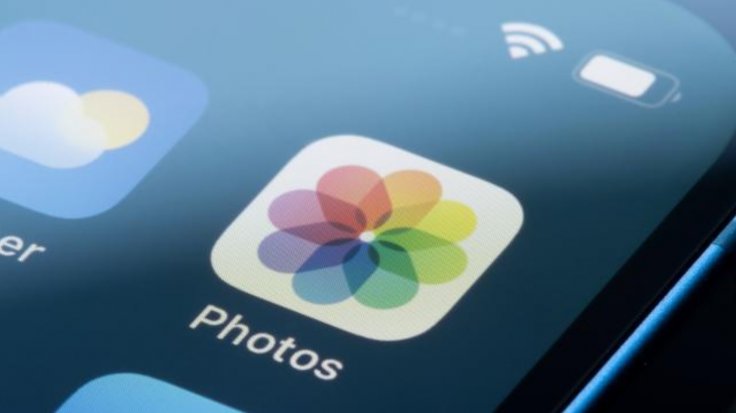iPhone maker Apple is gearing up to enter the foldable phone market with the help of Samsung Display. The company had to put its plan to manufacture foldable phones on hold due to only one main issue: visible creases in the display. But with Samsung Display as its sole strategic partner for its foldable OLED (organic light-emitting diode) panels.

Samsung is the only company that could pass Apple's tough screening process to get a high-quality, smooth, nearly crease-free display. Other suppliers, like LG Display and China's BOE, did not pass Apple's strict testing. As a result, Samsung was chosen as the exclusive partner for the first-generation foldable iPhone.
The screen crease was the key decisive point in Apple choosing Samsung Display as its partner. Apple was unwilling to start manufacturing foldable smartphones without this issue being solved. To fix the crease issue in the middle of the screen, Apple worked with two companies: Samsung and Amphenol.
Amphenol, the company that makes the hinges for MacBooks, helped design a new type of hinge that folds more smoothly and keeps the screen flatter. Because of this new design, the screen doesn't bend awkwardly or look weird in the middle anymore.
Samsung's high-quality OLED display, combined with an improved hinge from Amphenol, helped Apple reach its desired design benchmarks for both visual uniformity and structural integrity.
Though the remaining details about the hardware are not known yet, reports suggest Apple may be exploring embedded biometric systems such as under-display Face ID.
The much-anticipated device is expected to hit the stores in the latter half of 2026. It is expected to be available at a premium price tag of $2,300 in the US, making it the costliest iPhone apple has ever produced.
Though the foldable phone market is already mature, the upcoming foldable iPhone not only represents a hardware evolution but also the company's commitment to high-performance mobile experiences.









